If you want to use a solar panel to power your device you will need a rechargeable battery and a power path.
The battery will be needed for the cloudy days and for the nights. And the power path will select the power source, whether from solar panel or battery, with minimal voltage drop.
Follow a very nice video from Andreas Spiess, explaining the concept in details.
My proposal here is an improved version, with a better assembly package and a voltage regulator to protect both, the battery charger IC and the device itself.
Important to note about the max. voltage delivered by a conventional solar panel, it is NOT regulated nor limited. It can reach higher output value than nominal when exposed to full Sun light. For this reason the circuit diagram includes a 5V linear voltage regulator at the input.

This board is the traditional TP4056 lithium-ion single-cell battery charger. It has 4 pads in the corners to be used for the electrical connection to the main board and also providing mechanical support for assembly. The connection of both boards is done by 4 single pins (from the 2.54mm pin bar).
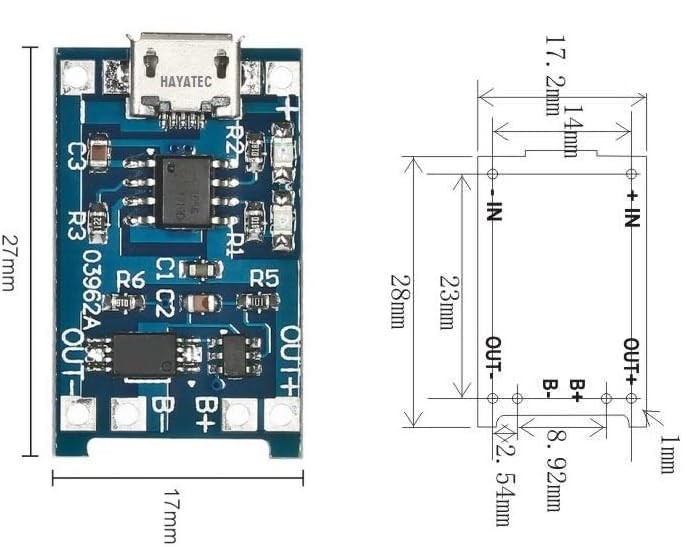

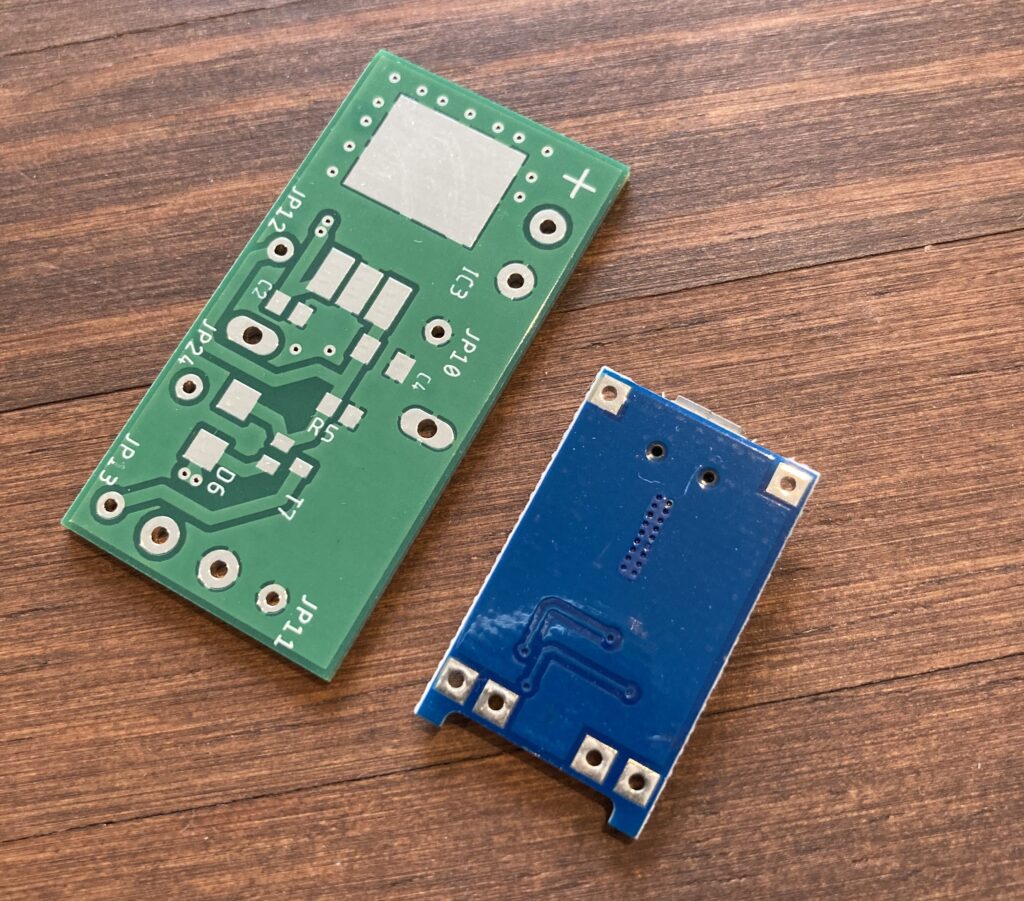
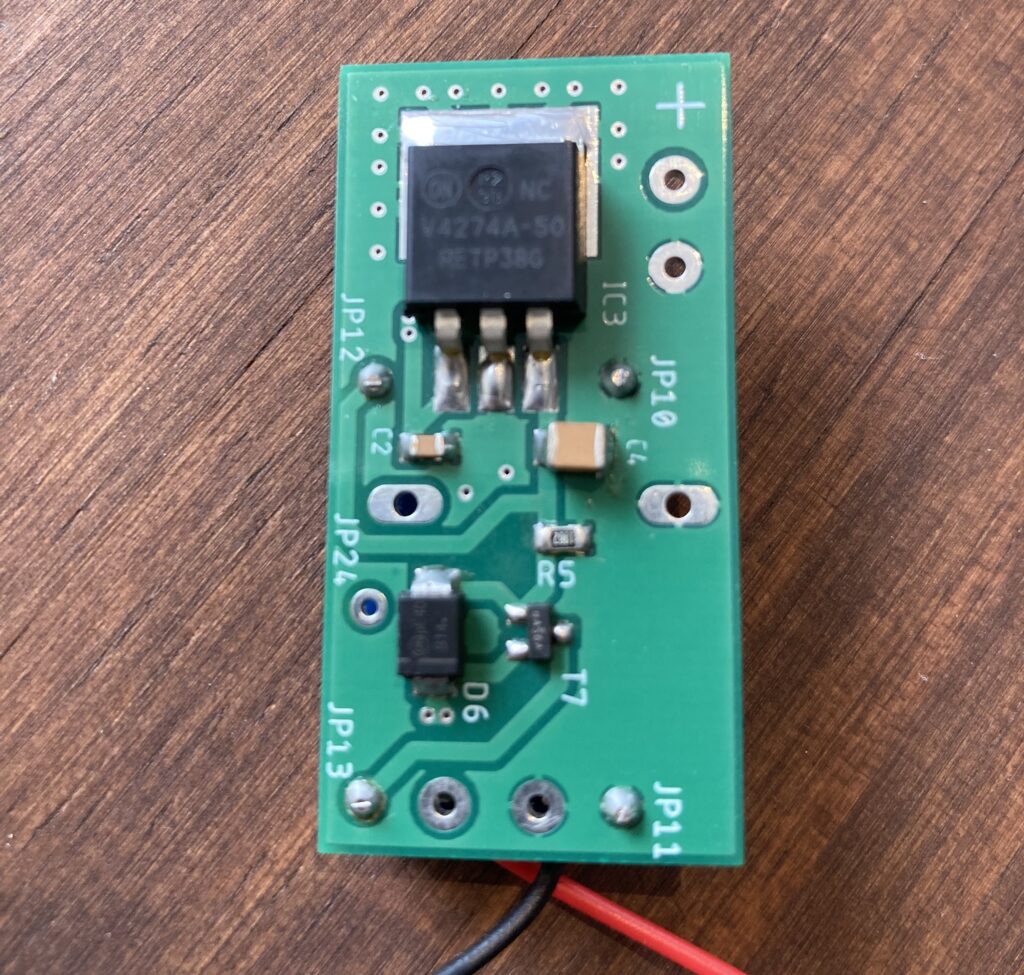
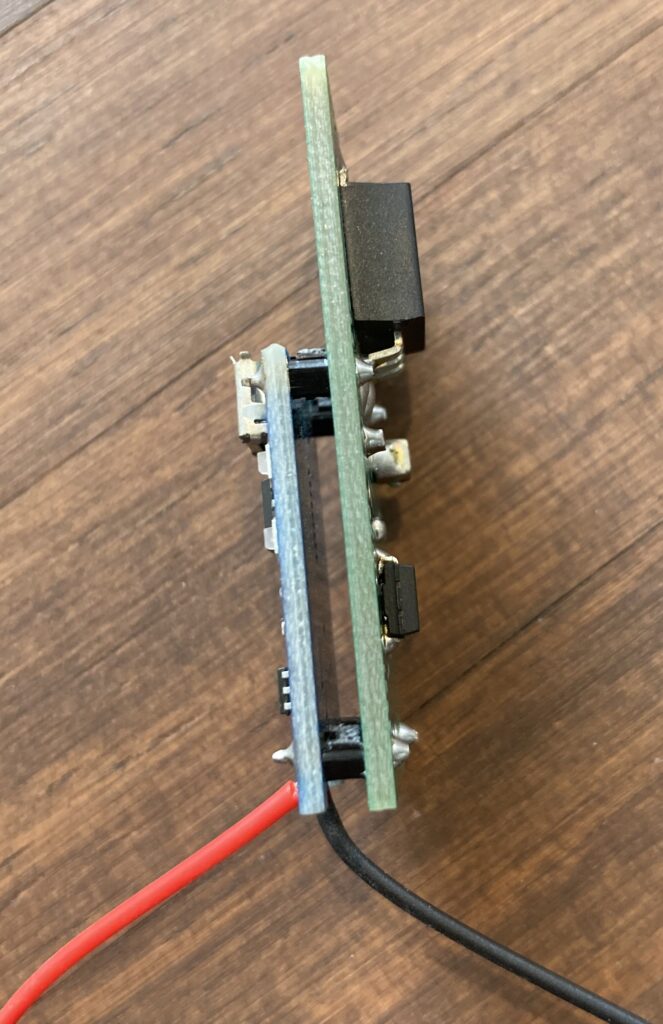
It is still possible to charge the battery using an external USB power supply.
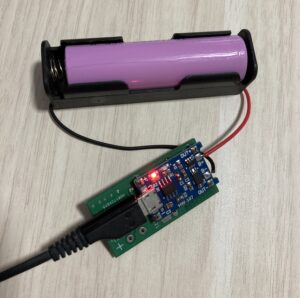
Mounting the solar panel on a concrete brick, to withstand the wind.
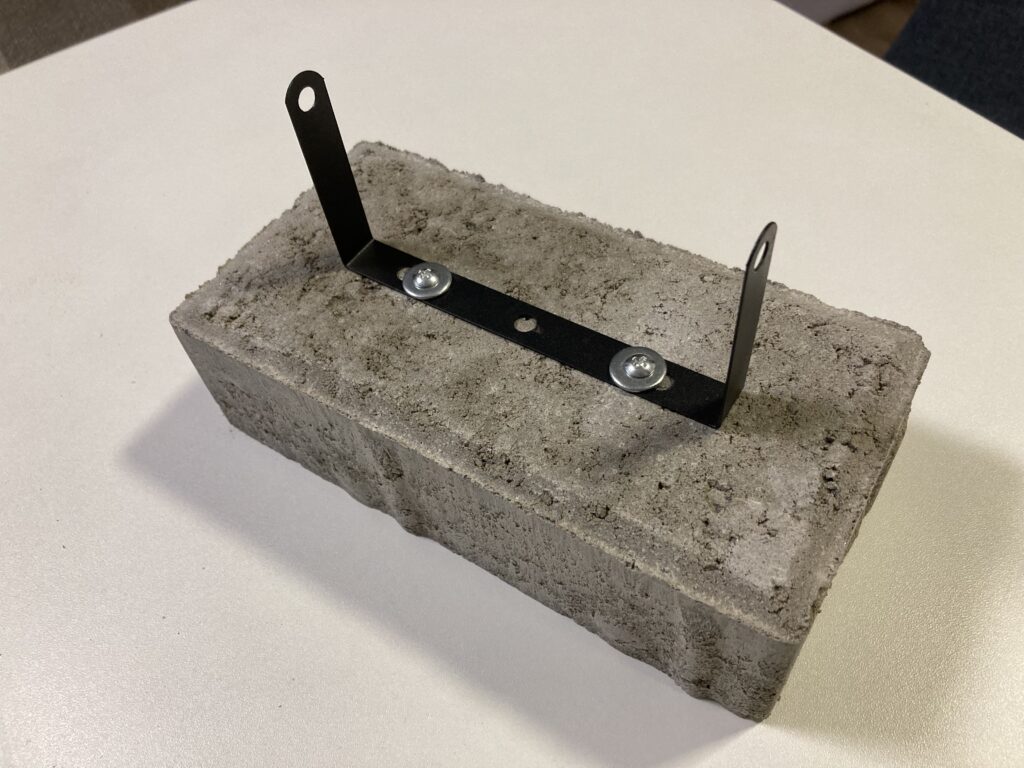



The system is installed on the roof of a heated indoor pool. Providing uninterrupted power to a WiFi IoT device responsible for reading the water temperature.
The reason for the solar panel is to avoid any connection to the power line. Since the temperature sensor is in the water, this could cause serious safety issues.
09/Jul/2024